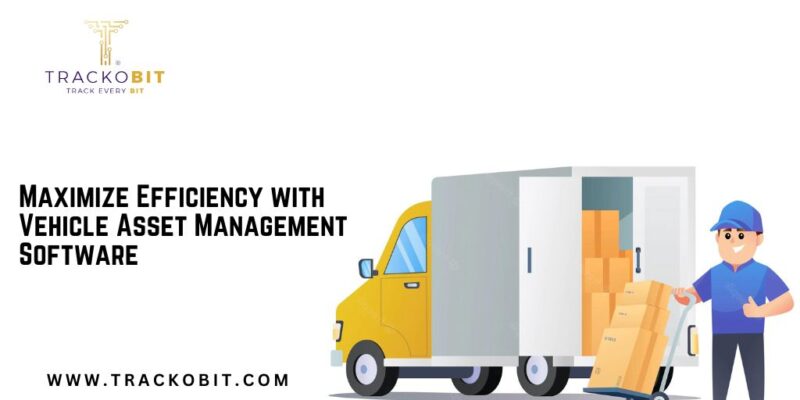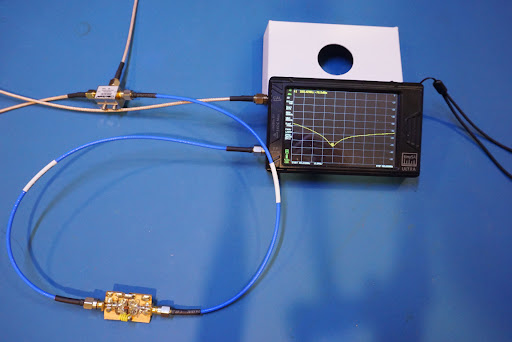
TrackoBit’s vehicle asset management software emerges as a pivotal tool for optimizing operations, enhancing productivity, and streamlining processes. As industry leaders, we understand the critical role this software plays in maintaining a competitive edge. In this comprehensive guide, we delve into the nuances of vehicle asset management software, unlocking the potential that lies within.
What is Vehicle Asset Management Software?
Vehicle asset tracking software is the technological cornerstone that empowers organizations to oversee their fleet seamlessly. From tracking vehicle locations in real-time to monitoring maintenance schedules, this software provides a holistic approach to managing every aspect of a fleet. It amalgamates data, analytics, and automation, offering a robust solution for businesses aiming to elevate their operational efficiency. This type of software provides a range of features and functionalities to streamline various aspects of vehicle-related operations. Here are some key components and benefits of vehicle asset management software:
- Fleet Tracking and Monitoring:
- Real-time GPS tracking allows organizations to monitor the location of each vehicle in their fleet.
- Historical tracking data helps analyze routes taken, fuel efficiency, and overall vehicle usage patterns.
- Maintenance Scheduling:
- Automated scheduling for routine maintenance tasks helps prevent breakdowns and extends the lifespan of vehicles.
- Notifications and alerts remind users of upcoming maintenance requirements.
- Fuel Management:
- Monitor fuel consumption and expenses for each vehicle.
- Identify fuel-efficient routes and driving behaviors to optimize fuel usage.
- Asset Utilization:
- Analyze the utilization of each vehicle to ensure that resources are allocated efficiently.
- Identify underutilized or overutilized vehicles and make informed decisions about adjustments to the fleet.
- Compliance and Documentation:
- Ensure that vehicles comply with regulatory standards and requirements.
- Maintain digital records of important documents such as insurance, registration, and inspection certificates.
- Driver Behavior Monitoring:
- Track driver behavior, including speed, idling time, and harsh driving habits.
- Promote safe driving practices and reduce the risk of accidents.
- Cost Analysis:
- Provide detailed reports on the total cost of ownership for each vehicle.
- Analyze expenses related to maintenance, fuel, insurance, and other factors.
- Integration with Other Systems:
- Seamless integration with other business systems such as accounting, HR, or logistics for comprehensive data management.
- Custom Reporting:
- Generate custom reports to gain insights into specific aspects of the fleet’s performance.
- Analyze data to make informed decisions for cost reduction and operational improvements.
- Mobile Accessibility:
- Access information and manage the fleet remotely through mobile applications.
- Receive real-time alerts and notifications on the go.
Key Features that Redefine Fleet Management
Real-Time GPS Tracking: Navigating Precision
One of the standout features of top-tier asset management software is real-time GPS tracking. This functionality allows businesses to monitor the precise location of each vehicle in their fleet. This not only enhances route optimization but also contributes to timely deliveries, customer satisfaction, and overall operational efficiency.
Proactive Maintenance Scheduling: Prolonging Vehicle Lifespan
Efficient fleet management goes beyond day-to-day operations. The software excels in proactive maintenance scheduling, ensuring that vehicles receive timely maintenance to prevent breakdowns. By adopting a preventive approach, businesses can extend the lifespan of their vehicles, reducing downtime and operational costs.
Comprehensive Reporting and Analytics: Informed Decision-Making
Empowering decision-makers with actionable insights is a hallmark of cutting-edge vehicle asset management software. Through detailed reporting and analytics, businesses gain a comprehensive understanding of their fleet’s performance. From fuel efficiency to driver behavior, these insights pave the way for strategic decisions that positively impact the bottom line.
How Vehicle Asset Management Software Outperforms
In the digital era, gaining a competitive edge is synonymous with leveraging advanced technologies. Asset management software provides a clear advantage over traditional fleet management methods. The following points highlight its superiority:
Cost Efficiency: Reducing Operational Expenses
By optimizing routes, minimizing fuel consumption, and preventing unnecessary maintenance costs, the software contributes significantly to cost efficiency. Businesses adopting this technology witness a tangible reduction in operational expenses, leading to improved profit margins.
Enhanced Safety Measures: Prioritizing Driver and Asset Security
Safety is paramount in fleet management. The software’s real-time tracking, coupled with analytics on driver behavior, allows businesses to enforce safety measures rigorously. This not only safeguards drivers but also protects valuable assets, minimizing the risk of accidents and losses.
Conclusion
Vehicle asset tracking software stands as a game-changer in the realm of fleet management. Its multifaceted features, ranging from real-time tracking to proactive maintenance scheduling, position it as a must-have for businesses striving for operational excellence. Embrace the power of technology, unlock efficiency, and stay ahead in the competitive landscape.
To easily track your assets, you will require a robust system that is adaptable to various technologies and cumulatively allows you to track your cargo in every corner of the world.











